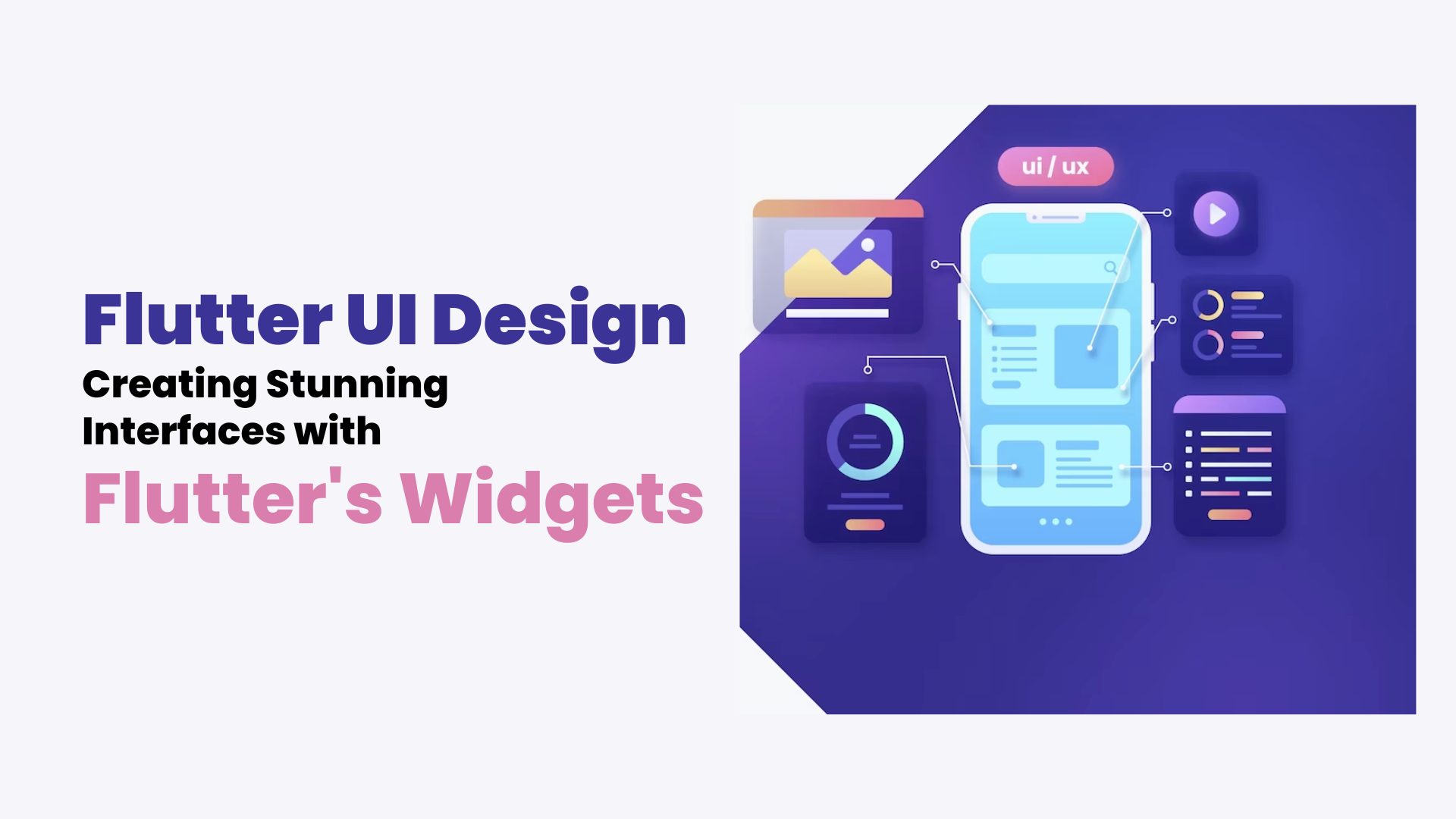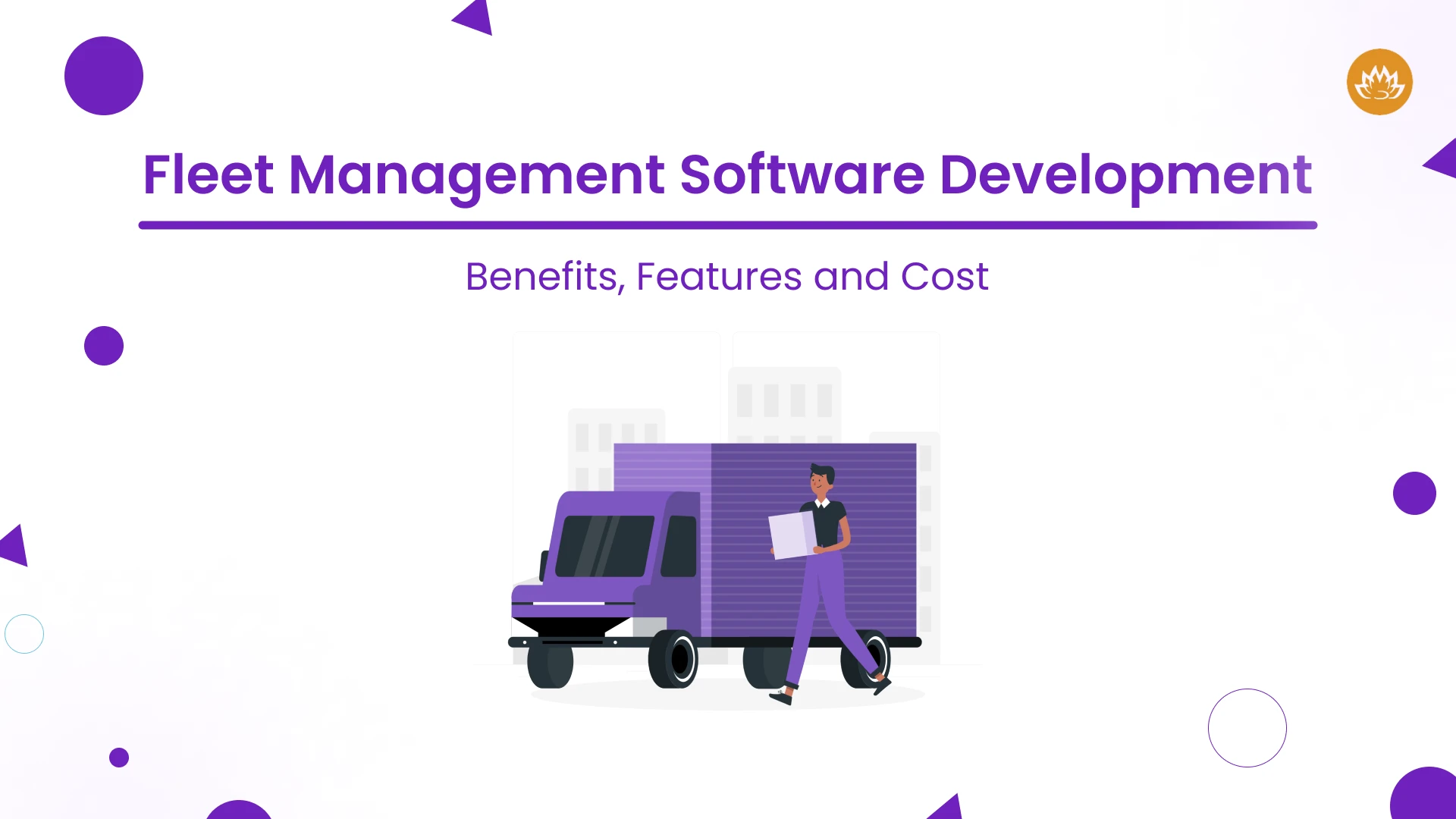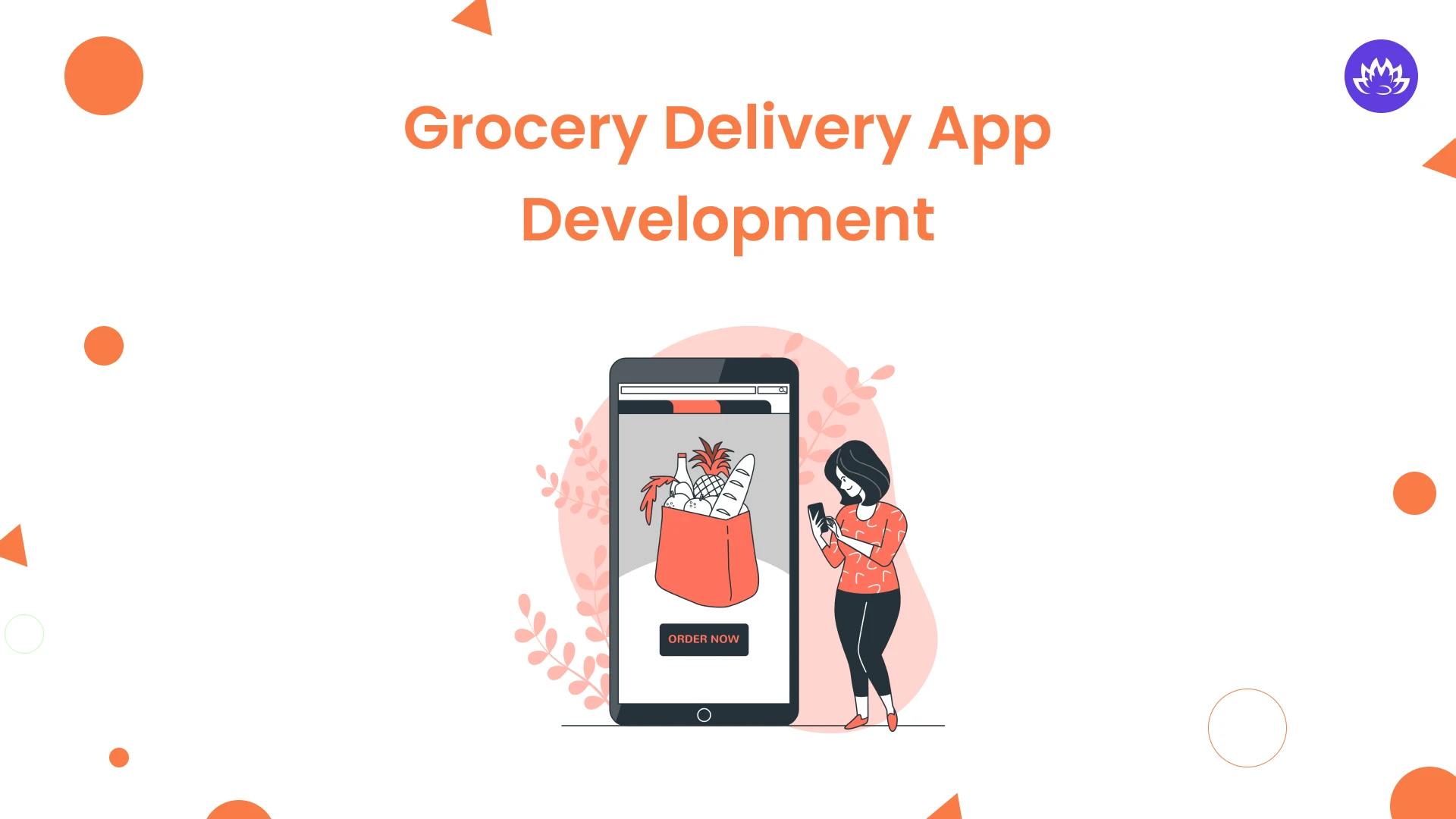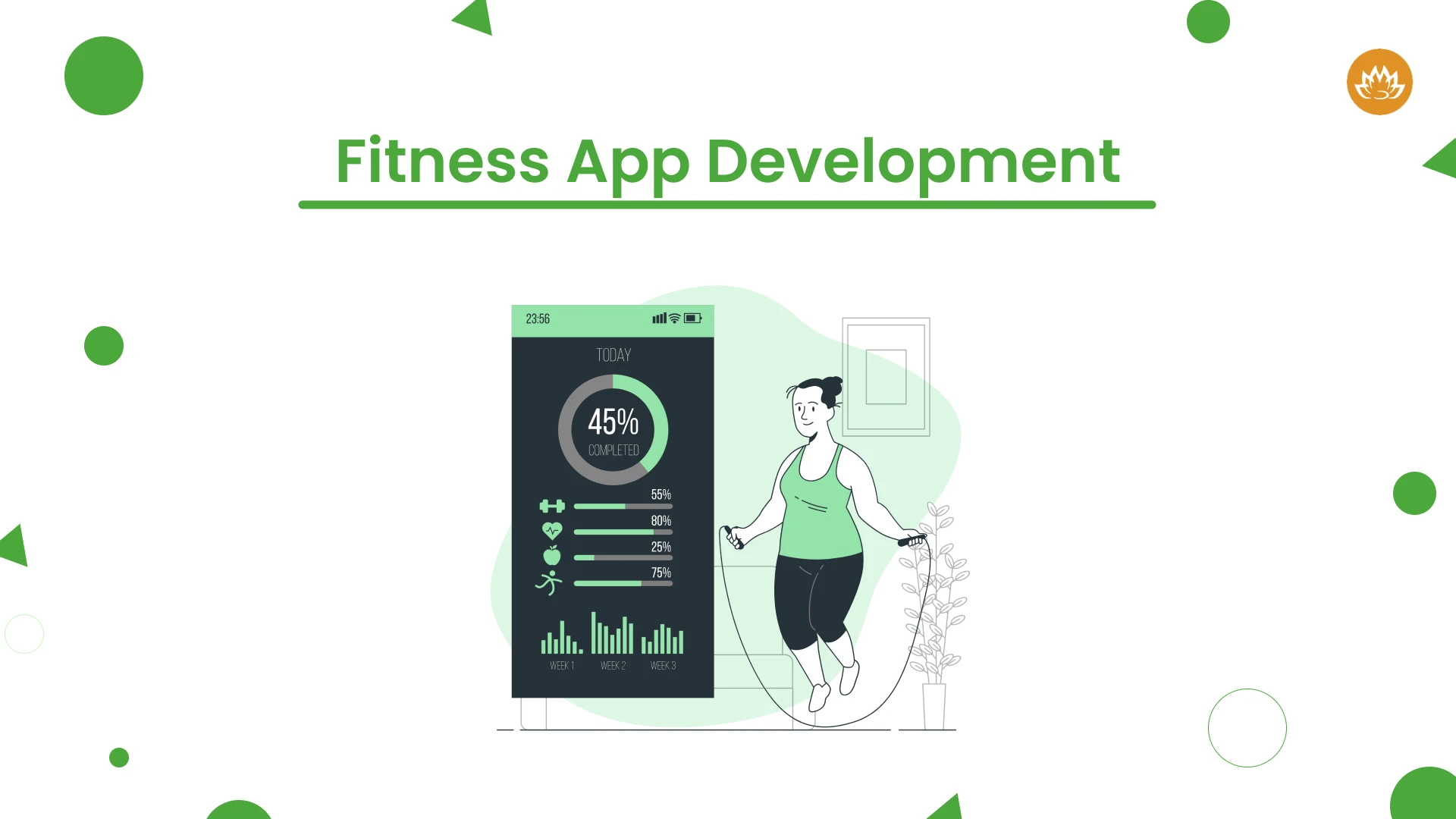Are you fed up with unattractive user interface designs in mobile apps? Are you looking to create stunning interfaces to wow users and attract them? Flutter’s widgets might just be what’s missing!
Flutter has taken the mobile app development world by storm with its fast development times and impressive performance, not to mention its customizable widgets that enable designers to create striking UI designs quickly and efficiently.
If you desire to upgrade the UX design of your application, then get acquainted with Flutter widgets for optimal UI designs that keep users engaged; Flutter’s widgets are essential components that should not be neglected when developing mobile applications using Flutter. These versatile building blocks offer endless ways of customizing interfaces which set apart apps. In this article, we explore various uses for them that will keep people coming back again and again –
Flutter Widgets: What It Is?
Flutter, developed by Google, allows developers to quickly build cross-platform mobile applications using one codebase for iOS and Android using widgets as building blocks of user interface design, ranging from simple buttons and text fields up to complex animations and custom layouts. At its heart lies Flutter: it gives developers everything they need for building high-quality cross-platform apps using widgets as building blocks of user experience design – from buttons and text fields up to complex animations and custom layouts!
Flutter widgets are highly adaptable and allow for endless combinations of possibilities to produce visually striking interfaces. In addition, their designs prioritize speed and efficiency with features like hot reload that enable developers to rapidly see the results of changes they have made.
Flutter offers businesses looking to develop mobile applications several advantages over developing separate iOS and Android applications separately. As it is a cross-platform framework, Flutter facilitates faster app development. Furthermore, its cost-effectiveness may make Flutter app development services a wise investment decision.
Hiring a Flutter app developer is often seen as the smartest solution when businesses seek to develop high-quality, custom mobile applications. Experienced Flutter developers are adept at using its widgets to craft both functional and visually pleasing interfaces for apps built using Flutter technology – as well as guaranteeing optimized performance that delivers seamless user experiences.
Flutter widgets are an essential element of the Flutter framework and essential in producing high-quality mobile applications. By harnessing their power, businesses can develop custom, cross-platform apps tailored specifically to their requirements and promote business expansion.
Designing layouts using Flutter widgets
Flutter is an open-source mobile application development framework used for creating visually appealing, high-performance apps on Android and iOS platforms. As mobile application demand continues to surge, businesses have increasingly turned to Flutter app developers as custom software solutions tailored specifically toward meeting individual business requirements are sought out by businesses.
Flutter provides developers with a vast library of widgets they can use to craft layouts that are both aesthetically pleasing and functional. These customizable components make Flutter ideal for projects of any scale; some popular Flutter widgets include text, image, and button card form widgets.
As part of designing layouts with Flutter widgets, it’s essential to take user experience into account and ensure an intuitive and easy design experience for users. Achieve this can be accomplished through designing an organized layout that makes information readily available; using various combinations of widgets helps produce visually appealing yet user-friendly layout designs that appeal visually and functionally alike.
Flutter offers many advantages for software development services, the primary being its cross-platform app development capabilities. A single codebase can be used to produce applications on both Android and iOS platforms – saving both time and resources during development processes. Furthermore, its hot reload functionality enables developers to make code updates quickly with live results, streamlining development processes further.
Businesses seeking Flutter app developers can benefit from hiring experienced experts with in-depth knowledge of this framework and who are capable of creating custom software solutions tailored specifically to meet their requirements. Flutter widgets allow these professionals to leverage them efficiently in creating visually pleasing layouts while remaining functional for users.
So, Flutter widgets offer businesses an efficient method for designing visually attractive mobile applications with optimal performance, featuring cross-platform compatibility and hot reload capability. Businesses looking for software development services may hire dedicated developers as experts can leverage this framework’s strengths to craft customized software solutions tailored specifically towards meeting unique client requirements and exceeding expectations.
Best Practices For Flutter UI Design
Flutter is an industry-standard framework for mobile app development that features numerous tools and features designed to create user-friendly user interface designs with beautiful aesthetics. User experience design plays an essential role in app success; therefore, it is imperative that designers follow best practices when developing Flutter UI designs.
- One of the key principles in Flutter UI design is prioritizing simplicity and usability. An interface should be easy for users to navigate with intuitive controls and clear labels; additionally, its design must remain uniform across apps with regard to color palette, typography, layout, etc.
- One key consideration in Flutter UI design is optimizing for different screen sizes and resolutions since devices come in all different forms and resolutions. Responsive design principles – flexible layouts and adaptive typography are effective ways of accomplishing this objective.
- Typography is an integral aspect of Flutter UI design, as it impacts the readability and usability of an app. Selecting appropriate font, size, and weight combinations for various elements such as headings, body text, or buttons can dramatically enhance readability across screens of various resolutions and resolutions.
- Color plays an essential part in Flutter UI design, as its influence on the mood and atmosphere of apps is immense. Therefore, when selecting a color scheme, it must fit with both brand identity and the target user group of the application, as well as be utilized consistently throughout, with accent colors used strategically, such as call-to-action buttons or navigation tabs.
- Animations and transitions can greatly enrich the user experience in Flutter apps but should only be employed sparingly and strategically. When used, animations must appear natural while serving their intended function – for instance, guiding attention or signaling changes in state.
- It is vitally important that apps be thoroughly tested on various platforms and devices so as to ensure their design meets user needs across devices and environments, from device emulators or physical devices, through testing scenarios like low connectivity or heavy traffic loads. This should help ensure optimal usability across devices. This process may use virtualization software or real devices.
So, following best practices for Flutter UI design is essential for creating successful mobile applications. By focusing on simplicity, usability, responsiveness, typography, colors, animations, and testing, Flutter app development services can create stunning and user-friendly interfaces that will delight their users and drive business success.
Conclusion
So, Flutter UI design offers businesses an efficient method for developing user-friendly mobile app interfaces that appeal visually and are user-friendly on Android and iOS platforms. Businesses can leverage Flutter widgets to design beautiful designs optimized for both platforms. Flutter mobile app development can be made simpler thanks to Flutter’s pre-built widgets that can be tailored specifically to suit the unique requirements of any business. By employing Flutter UI design, businesses can develop mobile apps that not only look appealing but are also functional and user-friendly for maximum customer engagement and satisfaction. As such, Flutter UI design should become an indispensable asset when looking to produce successful mobile apps in today’s challenging marketplace.
Also, You want to know More:
- 12 Best Practices For Streamlining Flutter App Development in 2022
- Why Flutter is The Ultimate Option To Build a Mobile App MVP?
Author
-

Sunil is a result-orientated Chief Technology Officer with over a decade of deep technical experience delivering solutions to startups, entrepreneurs, and enterprises across the globe. Have led large-scale projects in mobile and web applications using technologies such as React Native, Flutter, Laravel, MEAN and MERN stack development.
View all posts













